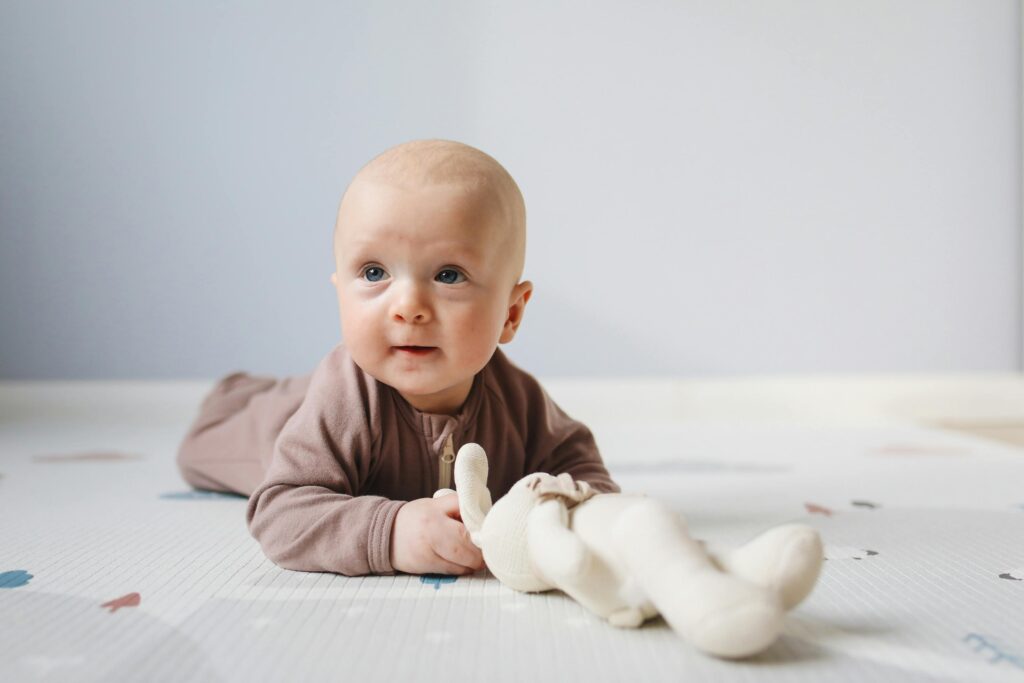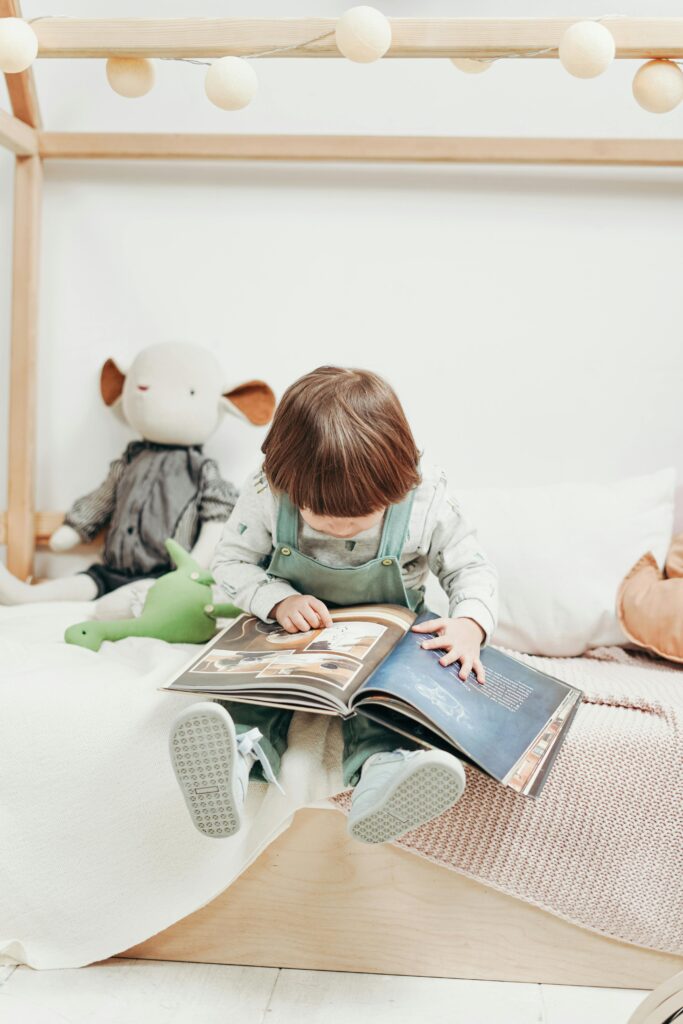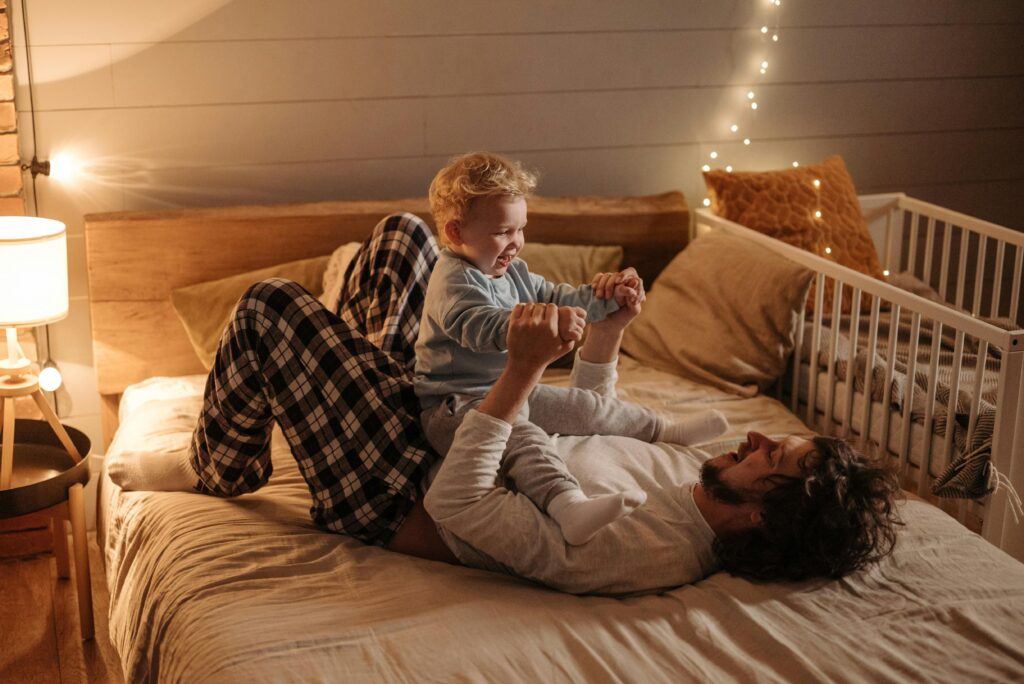
Transitioning from a crib to a toddler bed is a significant step in a child’s development. Although it is an important step towards independence and growth, it also presents challenges for parents.
One of the main obstacles is ensuring the safety of the child during this transition. Parents often worry about their toddler falling out of the bed or wandering unsupervised in the middle of the night. Additionally, getting a restless toddler to stay in bed and follow a bedtime routine can be a struggle.
Also, the emotional aspect of this transition cannot be overlooked, as both children and parents may experience anxiety or resistance to change.
Understanding these challenges and implementing practical strategies can help ease the transition from a crib to a toddler bed, making the transition from a crib to a toddler bed a smoother and more positive experience.
Making a Successful Transition to a Big Kid Bed: Essential Tips for Parents
Assessing your child’s readiness for a big kid bed is a crucial first step in ensuring a smooth transition. Look for signals like climbing out of the crib or expressing interest in a new bed.
Involving your child in the process can make them feel excited and empowered. Let them pick out bedding or a favorite stuffed animal for their new bed. Gradually transitioning by implementing naps or quiet time in the new bed can help ease the adjustment.
Safety precautions are paramount, including using guardrails and ensuring the mattress fits snugly in the frame. Finally, be prepared to handle setbacks. Offering comfort and sticking to a consistent bedtime routine can help manage any regression or resistance your child may exhibit during this transition.
Transitioning to a Big Kid Bed – Creating a Positive Bedtime Routine for toddlers
Establishing a positive bedtime routine for toddlers is crucial for their overall well-being and development. To ensure a smooth bedtime, it’s important to establish a consistent schedule, emphasizing the importance of regular bedtime.
By setting a predictable routine, toddlers can feel secure and understand what to expect, leading to improved sleep quality. Incorporating relaxing activities, such as reading a bedtime story or engaging in gentle play, can help toddlers wind down and prepare for sleep.
Furthermore, creating a conducive sleep environment by dimming lights, adjusting room temperature, and using soothing music or white noise can significantly aid in promoting better sleep. Positive reinforcement is also key in encouraging good bedtime behavior.
By offering praise and rewards for following the routine, toddlers are motivated to engage and cooperate, leading to a more positive bedtime experience for both the child and the caregiver.


Conclusion
Smooth transitioning to a big kid bed is a crucial milestone in a child’s development. It marks a significant shift from the confines of a crib to the independence of a big kid bed. This transition is not only about providing physical freedom but also about fostering emotional and mental growth.
Establishing a positive bedtime routine is paramount during this period, as it sets the stage for healthy sleep habits that will benefit the child for years to come.
Consistency and patience from parents play a pivotal role in making this transition smooth and successful. It’s important for parents to create a comforting and secure environment to help their toddlers embrace this change with confidence.
By remaining patient and consistent, parents can support their children in this significant milestone of transitioning to a big kid bed, setting the foundation for a lifetime of healthy sleep habits.
